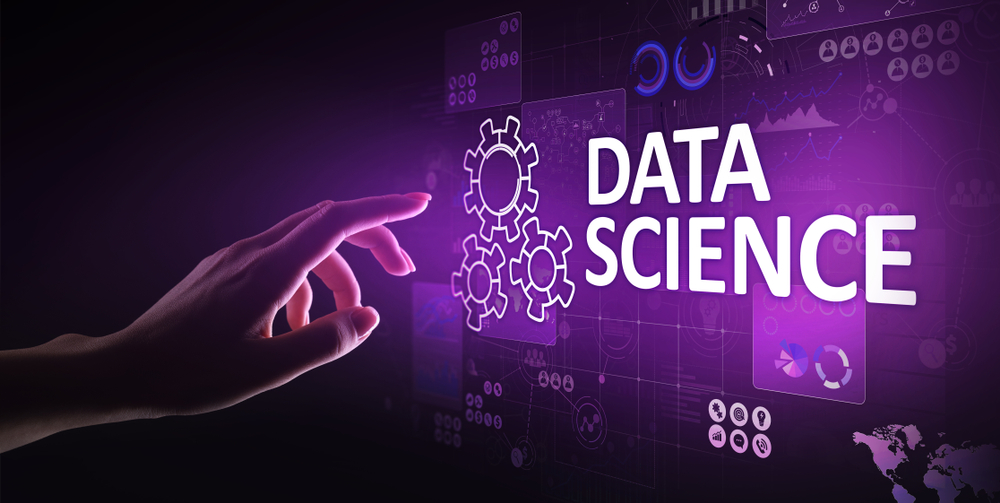

See-Docs & Thenavigo
A few Tools for Data Science with Python
Data science is the study of data to extract meaningful insights for business. It is a multidisciplinary approach that combines principles and practices from the fields of mathematics, statistics, artificial intelligence, and computer engineering to analyze large amounts of data.

The four pillars of data science are domain knowledge, math and statistics skills, computer science, communication and visualization. Each is essential for the success of any data scientist. Domain knowledge is critical to understanding the data, what it means, and how to use it.
Cons of Data Science :
- Technical Complexity: Data science involves complex technical skills such as coding, statistics, and machine learning, which can be challenging to master.
- Data Quality: Data scientists need high-quality data to perform accurate analyses, but data quality can be an issue in some cases.
1 - Numpy
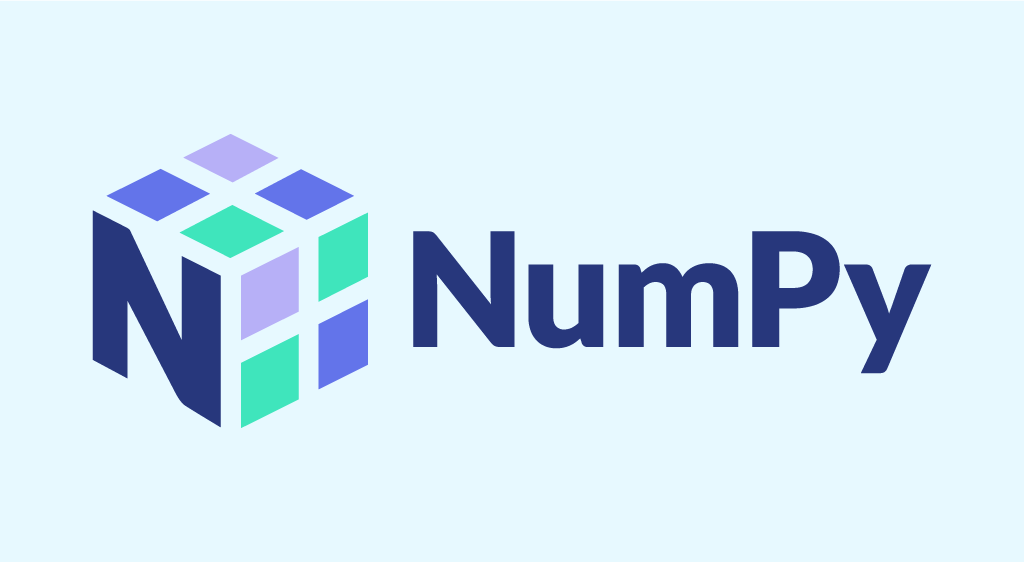
NumPy is the fundamental package for scientific computing in Python. It is a Python library that provides a multidimensional array object, various derived objects (such as masked arrays and matrices), and an assortment of routines for fast operations on arrays, including mathematical, logical, shape manipulation, sorting, selecting, I/O, discrete Fourier transforms, basic linear algebra, basic statistical operations, random simulation and much more.
2 - Pandas
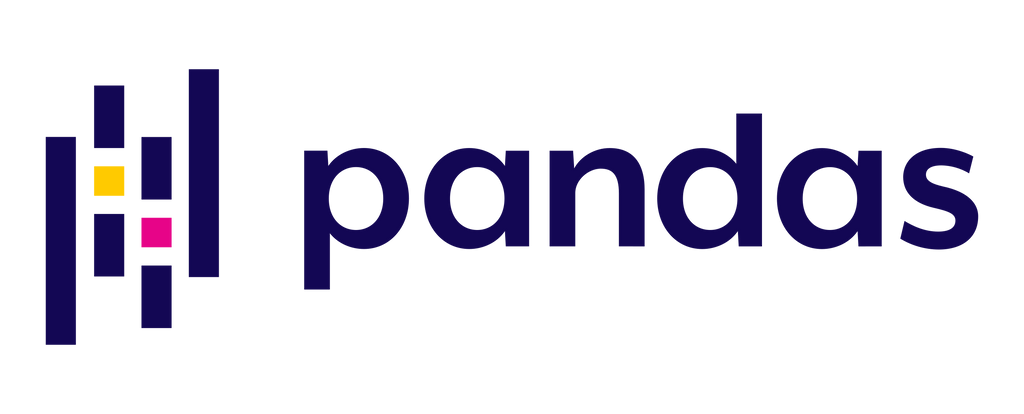
As an open-source software library built on top of Python specifically for data manipulation and analysis, Pandas offers data structure and operations for powerful, flexible, and easy-to-use data analysis and manipulation. Pandas strengthens Python by giving the popular programming language the capability to work with spreadsheet-like data enabling fast loading, aligning, manipulating, and merging, in addition to other key functions. Pandas is prized for providing highly optimized performance when back-end source code is written in C or Python.
The name ‘Pandas’ comes from the econometrics term ‘panel data’ describing data sets that include observations over multiple time periods. The Pandas library was created as a high-level tool or building block for doing very practical real-world analysis in Python. Going forward, its creators intend Pandas to evolve into the most powerful and most flexible open-source data analysis and data manipulation tool for any programming language.
3 - Tensorflow
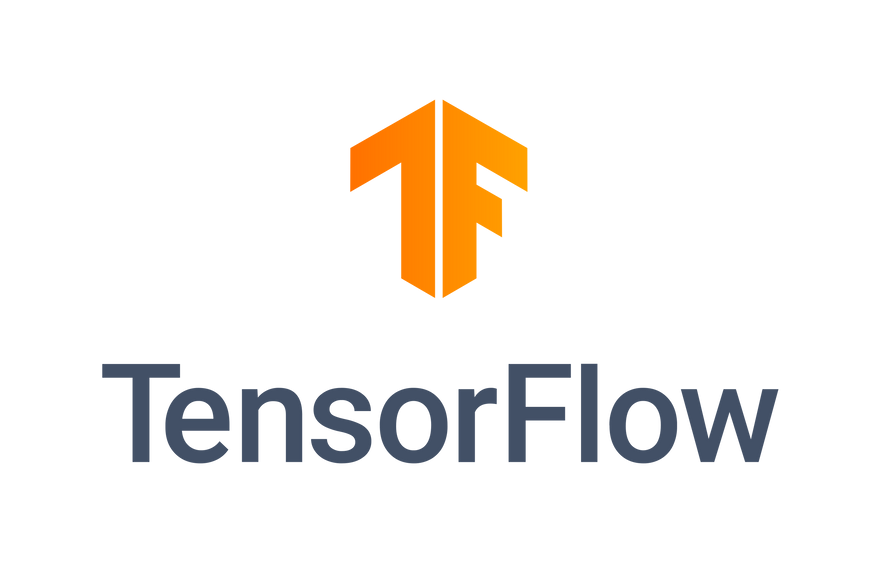
TensorFlow is an end-to-end open source platform for machine learning. TensorFlow is a rich system for managing all aspects of a machine learning system; however, this class focuses on using a particular TensorFlow API to develop and train machine learning models. Some important functions like Random, Reshape, Argsort, Stack and Concatenate are often used in tensorflow. TensorFlow makes it easy for beginners and experts to create machine learning models for desktop, mobile, web, and cloud.
4 - Pytorch
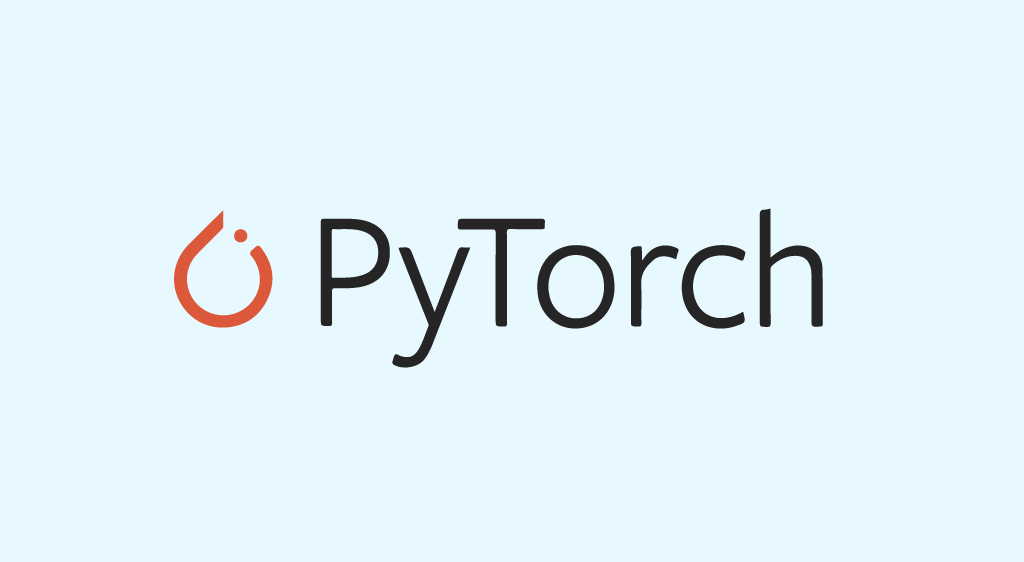
PyTorch is a fully featured framework for building deep learning models, which is a type of machine learning that’s commonly used in applications like image recognition and language processing. Written in Python, it’s relatively easy for most machine learning developers to learn and use. PyTorch is distinctive for its excellent support for GPUs and its use of reverse-mode auto-differentiation, which enables computation graphs to be modified on the fly. This makes it a popular choice for fast experimentation and prototyping.
5 - Matplotlib

Matplotlib is a comprehensive library for creating static, animated, and interactive visualizations in Python. Matplotlib makes easy things easy and hard things possible.
- Create publication quality plots.
- Make interactive figures that can zoom, pan, update.
- Customize visual style and layout.
- Export to many file formats.
- Embed in JupyterLab and Graphical User Interfaces.
- Use a rich array of third-party packages built on Matplotlib.
6 - Seaborn

Seaborn is a Python data visualization library based on matplotlib. It provides a high-level interface for drawing attractive and informative statistical graphics. Seaborn is a library for making statistical graphics in Python. It builds on top of matplotlib and integrates closely with pandas data structures. Seaborn helps you explore and understand your data.
7 - Scikit-Learn
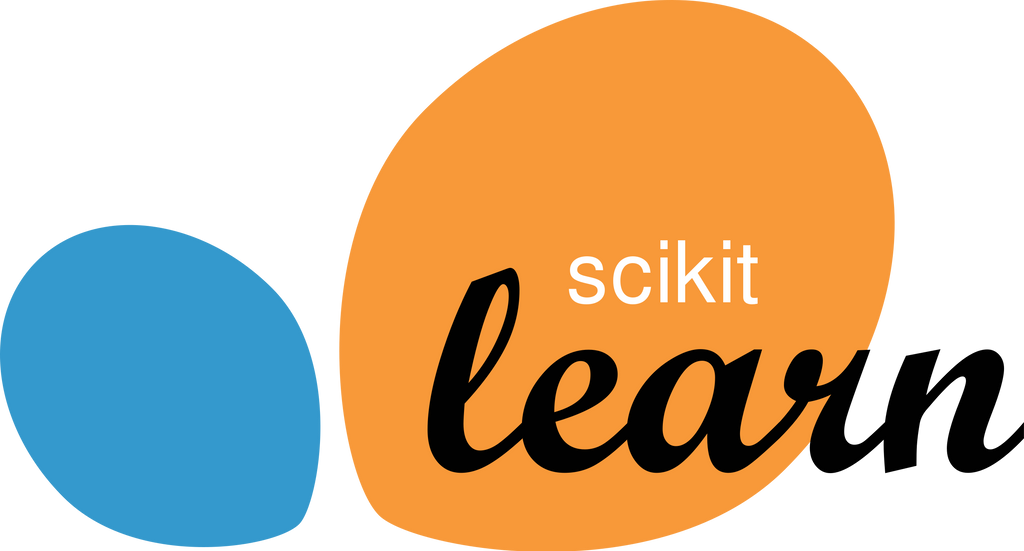
Scikit-learn is an open source data analysis library, and the gold standard for Machine Learning (ML) in the Python ecosystem. Key concepts and features include:
- Algorithmic decision-making methods, including:
1- Classification: identifying and categorizing data based on patterns.
2- Regression: predicting or projecting data values based on the average mean of existing and planned data.
3- Clustering: automatic grouping of similar data into datasets.
- Algorithms that support predictive analysis ranging from simple linear regression to neural network pattern recognition.
- Interoperability with NumPy, pandas, and matplotlib libraries.
ML is a technology that enables computers to learn from input data and to build/train a predictive model without explicit programming. ML is a subset of Artificial Intelligence (AI).

See-Docs & Thenavigo
Thenavigo: We share relevant learning content for People.